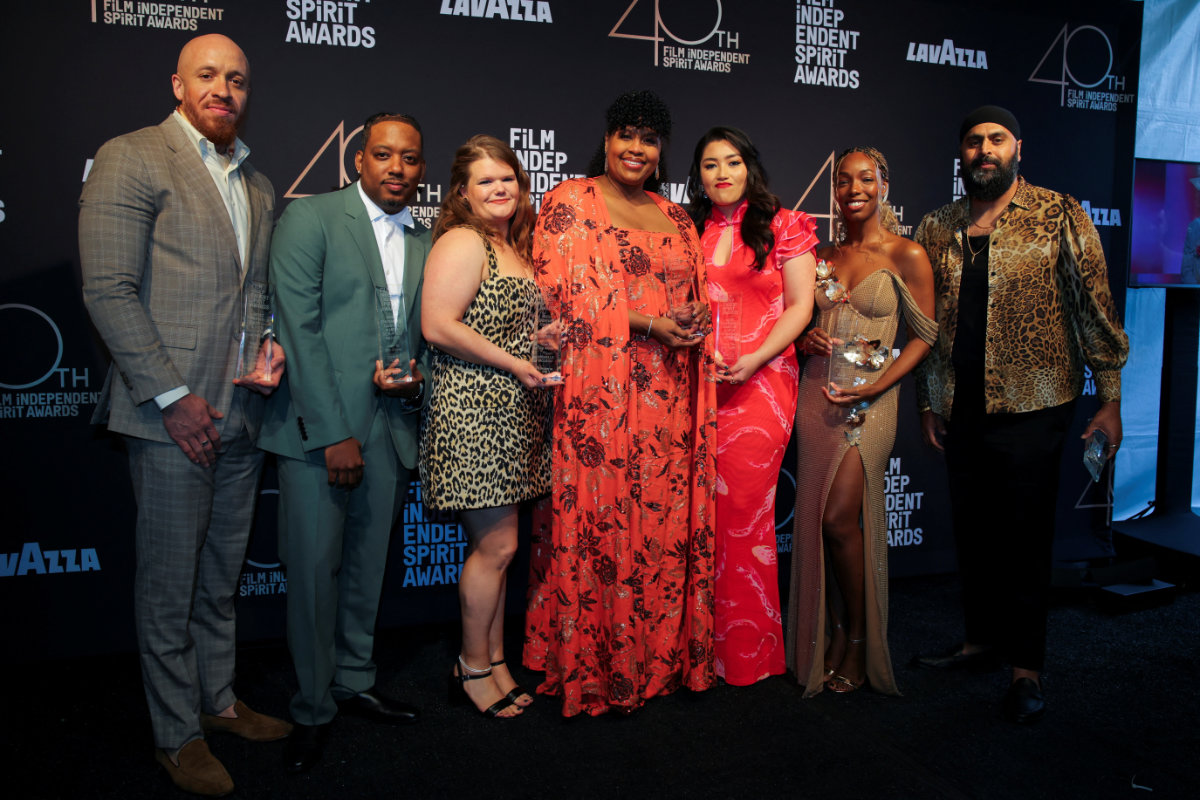DUBAI: French Algerian singer-songwriter Lolo Zouai embraced gothic fashion on the red carpet at the New York premiere of the upcoming comic book adaptation, “The Crow.”
Zouai, who divides her time between Brooklyn and Los Angeles, took to Instagram to share images of her all-black, lacy ensemble.
“Guess the dress code,” she captioned the post.
“The Crow,” by filmmaker Rupert Standers, stars Bill Skarsgard as Eric Draven, who is murdered alongside his girlfriend Shelly, played by singer-songwriter FKA Twigs in her second feature film role.
Existing somewhere between life and death, Eric transforms into the invincible superhero known as The Crow, who is determined to avenge the tragedy and sacrifice himself to rescue Shelly. Sanders’ new adaptation of James O’Barr’s comic book series arrives 30 years after the original 1994 film.
Meanwhile, Zouai, known for her unique blend of R&B, club-pop and hip-hop, has gained an international fanbase for her dynamic stage presence and genre-blending music.
Her career highlights include the release of her debut album, “High Highs to Low Lows,” in 2019 and her follow-up album “PLAYGIRL” in 2022.
In April, Zouai took to Instagram to celebrate the five-year anniversary of her debut album. “Happy 5 years to the album that started it all,” she wrote. “Thank you to all my lil lo-riders for being on this ride with me from the beginning.”
To celebrate the milestone, Zouai brought back merchandise pieces originally created at the time of her debut album, including some signed clothing.
Second album “PLAYGIRL,” released in October 2022, featured 13 songs. The singer was featured on a billboard in New York’s Times Square and she shared a video of herself posing in front of it.
“I always said that one day, I would be on a billboard in Times Square. Today is that day,” she said in the short clip.
An expansive tour in 2023 included 30 dates across North America and Europe, including the US, Canada, Germany, Belgium and the Netherlands.


























